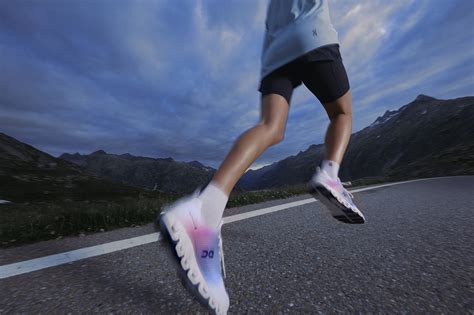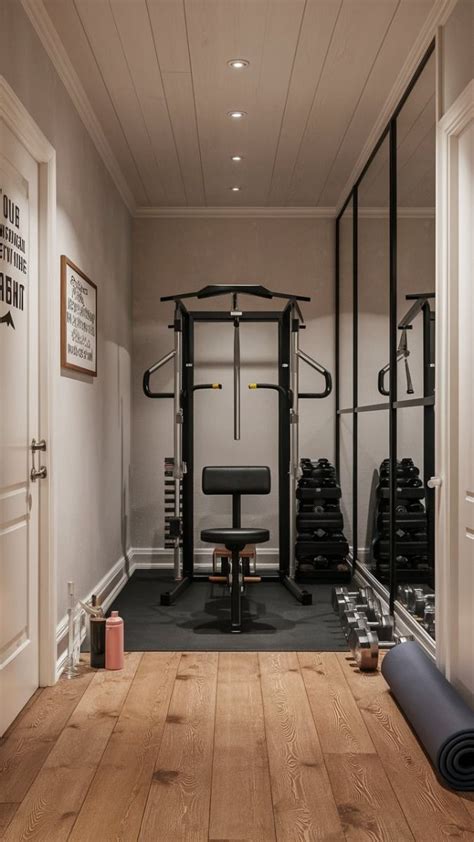For male runners, the right pair of shoes isn’t just about comfort or speed; it’s a critical piece of equipment for injury prevention. While many factors contribute to staying injury-free, the durability and protective features of your running shoes play a paramount role. Investing in a robust pair can make all the difference, providing consistent support, cushioning, and stability mile after mile.
Why Durability Matters for Injury Prevention
A shoe’s durability directly impacts its ability to protect your feet and joints. Over time, the materials in running shoes break down, particularly the midsole cushioning and outsole tread. When these components wear out, the shoe loses its capacity for shock absorption, stability, and proper foot guidance, leaving you more susceptible to injuries like shin splints, runner’s knee, plantar fasciitis, and stress fractures.

Key Features of Durable Running Shoes for Men
When selecting your next pair, focus on these characteristics to ensure longevity and injury-preventative performance.
Robust Outsole Construction
The outsole is the part of the shoe that contacts the ground. Look for shoes with high-abrasion rubber compounds strategically placed in high-wear areas, such as the heel and forefoot. Carbon rubber is a common, durable material. A thicker, more aggressive tread pattern can also contribute to longevity, especially if you run on varied surfaces.
Resilient Midsole Cushioning
The midsole is the heart of a running shoe, responsible for cushioning and energy return. Durable midsoles retain their responsiveness and shock-absorbing properties for longer. Materials like EVA (ethylene-vinyl acetate) blends, PU (polyurethane), or specialized foams from brands like Brooks (DNA LOFT), Saucony (PWRRUN), or Hoka (PROFLY) are designed for both cushioning and resilience. A denser foam generally offers more durability but might feel firmer.

Support and Stability Features
For runners who overpronate (their foot rolls inward excessively), stability features are crucial. These often include medial posts (denser foam on the arch side) or guide rails that help control pronation and keep the foot aligned. While not directly a durability feature, stable shoes maintain their supportive structure for longer, preventing the foot from collapsing and leading to strain. Neutral runners, on the other hand, benefit from shoes that allow natural foot motion without unnecessary interference.
Upper Material and Construction
The upper holds your foot in place. Durable uppers typically feature engineered mesh, knit materials, or synthetic overlays that resist tearing and stretching. Reinforced toe boxes and heel counters also contribute to the overall structural integrity of the shoe, ensuring a secure and supportive fit throughout its lifespan.

Top Considerations for Injury Prevention
Matching Shoe Type to Foot Type
Understanding your foot type (neutral, overpronator, supinator) and arch height is fundamental. A shoe designed for a neutral runner won’t provide adequate support for an overpronator, and vice versa. Many specialty running stores offer gait analysis to help you determine the best fit.
Proper Fit is Paramount
Even the most durable shoe won’t prevent injuries if it doesn’t fit correctly. Ensure there’s a thumb’s width between your longest toe and the end of the shoe. The shoe should feel snug in the midfoot but allow your toes to wiggle. Avoid shoes that pinch, rub, or cause your foot to slide around.

Maintaining Your Running Shoes for Longevity
To maximize the life and protective qualities of your shoes:
- Alternate Pairs: If possible, rotate between two or more pairs of shoes. This allows the cushioning to fully decompress and recover between runs.
- Clean Gently: Remove mud and dirt with a soft brush and mild soap. Avoid machine washing, which can damage materials.
- Air Dry: Always let shoes air dry naturally, away from direct heat sources.
- Use for Running Only: Reserve your running shoes for running to minimize unnecessary wear and tear.
When to Replace Your Running Shoes
Even the most durable shoes have a lifespan. General guidelines suggest replacing shoes every 300-500 miles, but this can vary based on your weight, running style, and the terrain. Look for these signs:
- Visible wear on the outsole (smooth spots, exposed midsole).
- Creases or compaction in the midsole cushioning.
- Increased aches or pains after runs that weren’t there before.
- Loss of responsiveness or “pop.”
Conclusion
Choosing durable running shoes is a proactive step towards injury prevention for men. By understanding the importance of robust outsoles, resilient midsoles, and appropriate support features, and combining this with proper fit and maintenance, you can significantly reduce your risk of common running-related ailments. Invest wisely in your footwear, and your body will thank you with many more miles of pain-free running.



